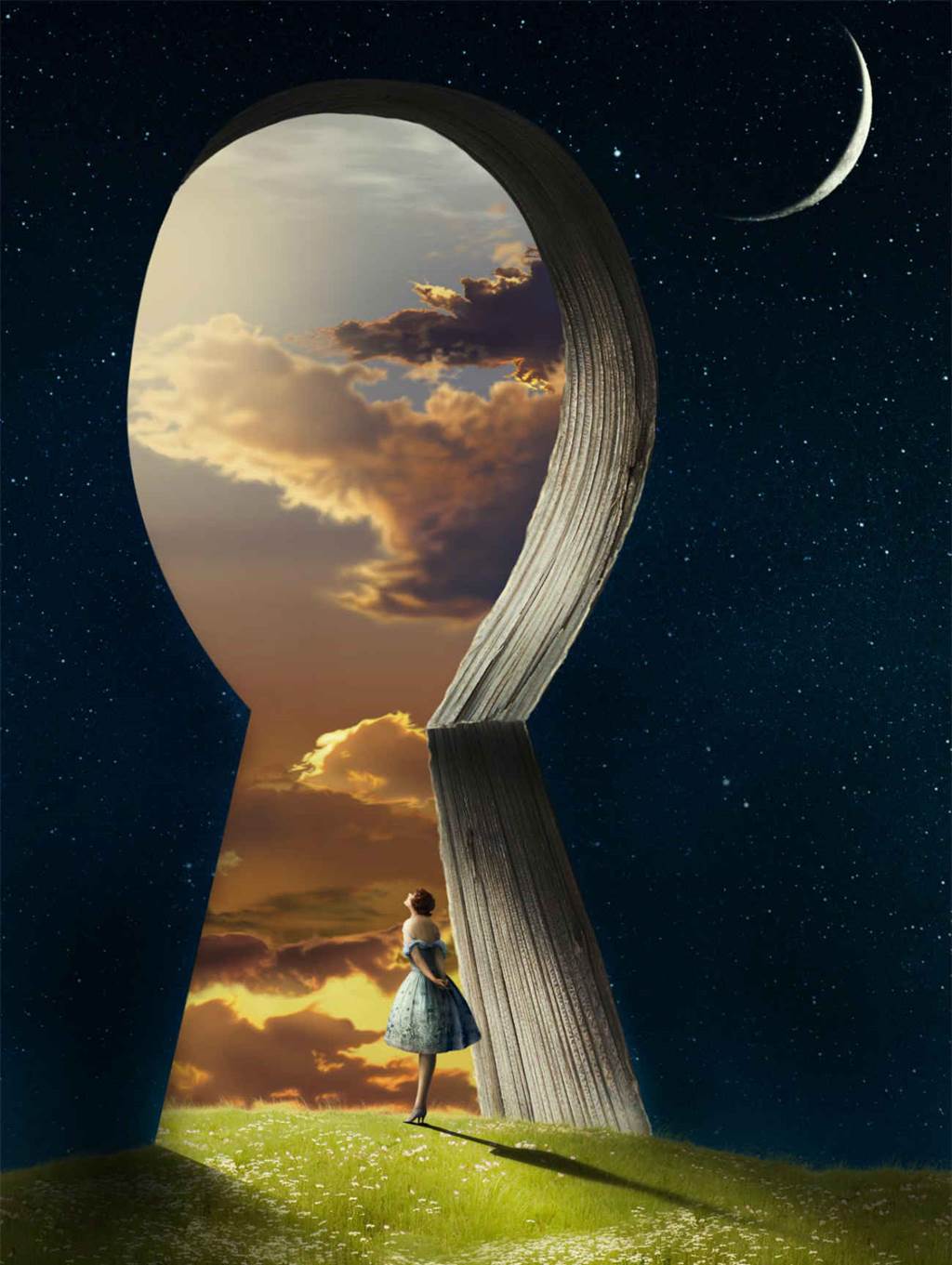


Joachim Patinier, Landscape with Charon Crossing the Styx, 1520-1524 Renaissance landscape painting: a setting for storytelling Finally, the heart, which is the focal point of the painting that the other elements must lead to. Furthermore, this path must lead to a threshold, which welcomes you, for example a mountain. Firstly, The shan shui paths can never be straight, are paths seen in nature such as rivers or that of the sun across the sky. However, they are primarily based around 3 essential elements : the path, the threshold and the heart. Additionally, aspects of the landscape painting such as color or subject likeness are insignificant, however the spiritual requirements of a work to be considered shan shui are extensive. This is frequently depicted through the contrast of huge, solid mountains, which have been long considered sacred in Chinese culture, with soft, flowing water such as rivers or waterfalls.Īccording to Ch’eng Hsi, “Shan shui painting is not an open window for the viewer’s eye, it is an object for the viewer’s mind”. In short, this the idea that humans and animals must live in balance with the natural world in other words, yin and yang. Shan shui is considered to be inspired by the philosophical tradition of Taoism. This form of landscape painting, rather than with traditional paint, is done using ink and a brush. Originating from the 6th century, the most common art form for a landscape portrayal was shan shui, which still remains popular to this day. Long before landscape art became a genre of its own right in the West, landscape art in China was, however, highly well established. Huang Gongwang, Dwelling in the Fuchun Mountains: The Master Wuyong Scroll (section), 1350


 0 kommentar(er)
0 kommentar(er)
